Hair care isn’t just about aesthetics—it’s also about maintaining the health and integrity of the scalp and hair. For individuals with 2A hair, understanding the specific characteristics of this hair type can guide better choices for scalp and hair health. At The Face Clinic, we believe in providing scientific insights into various aspects of hair care to help both medical professionals and individuals make informed decisions.
This article explores 2A hair from a medical and health-focused perspective, detailing its structure, care routines, and the differences compared to other hair types.
What Is 2A Hair?
2A hair is categorized as the loosest form of wavy hair in the Andre Walker Hair Typing System. From a medical standpoint, this hair type often features:
- Thin, Fine Strands: These are more prone to breakage and require adequate nourishment.
- Gentle “S” Shaped Waves: The wave pattern typically starts midway down the hair shaft.
- Low Porosity: This means the hair tends to repel moisture, impacting hydration and product absorption.
Related Article: Everything You Need To Know About Aquiline Nose
The Biology of 2A Hair
The wave pattern in 2A hair is due to the shape of the hair follicle. While straight hair grows from round follicles, wavy hair like 2A emerges from slightly oval-shaped follicles. This structural variation influences not just appearance but also:
- Sebum Distribution: Fine, wavy hair is more prone to oiliness as sebum spreads easily along the shaft.
- Vulnerability to Damage: The finer strands may lack the protective strength of coarser hair types.
- Scalp Health Impacts: Poor product choices or improper routines can lead to buildup and scalp issues.
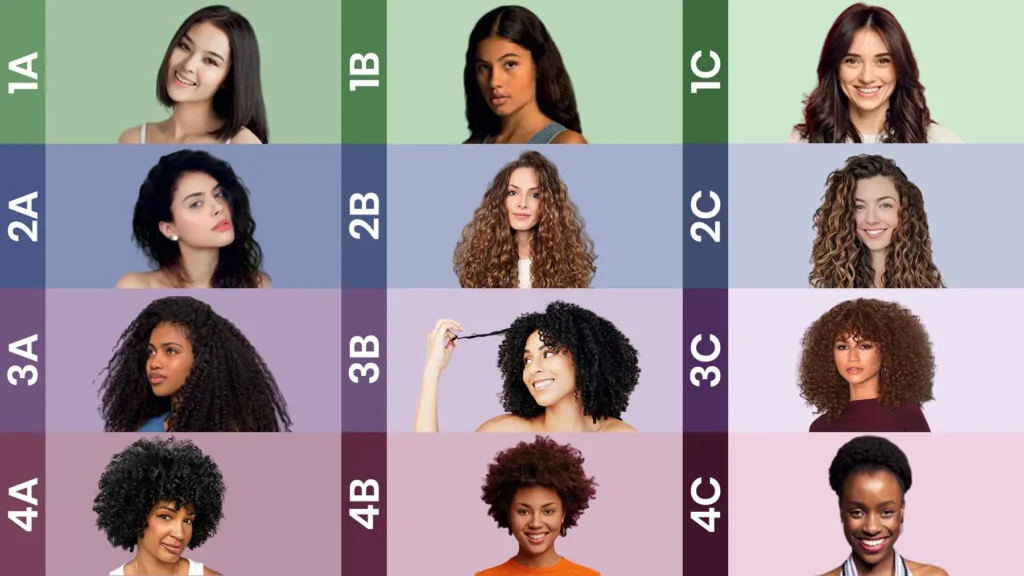
Medical Considerations for 2A Hair Care
- Scalp Hygiene:
Maintaining a clean scalp is crucial, as 2A hair can become oily quickly. Use mild, sulfate-free shampoos to prevent irritation and dryness. - Hydration and Strength:
The fine nature of 2A hair requires lightweight, hydrating conditioners that don’t weigh the hair down. Ingredients like hyaluronic acid or panthenol can offer hydration without greasiness. - Minimizing Heat Damage:
Thin hair strands are susceptible to heat damage. Encourage air drying or use heat protectants if styling tools are necessary. - Nutrition for Hair Health:
Ensure adequate dietary intake of biotin, zinc, and omega-3 fatty acids to promote overall scalp health and hair strength.
Comparison with Other Hair Types
1C vs. 2A Hair
- 1C Hair: Almost straight with subtle waves near the ends, thicker and more resilient.
- 2A Hair: Starts wavy from the mid-shaft, finer, and more prone to limpness.
2A Hair vs. 2C Hair
- 2C Hair: Has deeper, more defined waves and a coarser texture.
- 2A Hair: Features loose, soft waves that are delicate and less frizz-prone.
2A and 2B hair types are both characterized by loose waves but differ in texture and volume. 2A hair is fine with gentle waves, while 2B hair tends to have more defined, medium-sized waves with slightly more texture. Proper care for both hair types includes using lightweight, moisturizing products to enhance natural wave patterns, prevent frizz, and maintain hair health. Regular trims, gentle styling techniques, and scalp care are essential for keeping these hair types looking their best. At The Face Clinic, we offer expert advice and tailored solutions for individuals with 2A and 2B hair, ensuring you achieve healthy, beautiful waves.
Tips to Care for Type 2A Hair
2A hair is often glossy, wavy, and beautiful with the right products and care routine. Here are some of our top tips for maintaining and enhancing your 2A hair.
1. Wash Your Hair Regularly
People with 2A hair often struggle with greasy roots and hair that gets weighed down. Therefore, regular washing with a gentle shampoo is essential to keep it light and volumized. Unlike the myth that frequent washing leads to hair loss, daily shampooing will not cause hair fall if you use a mild, sulfate-free shampoo. For added volume and thickness, consider using a hair-thickening shampoo.
2. Strike the Moisture Balance
2A hair requires less hydration than curly hair but more than straight hair. The loose waves of 2A hair should be treated with products that balance hydration without weighing down the strands. Avoid heavy, oily products and opt for lightweight gels or styling creams with a strong hold to define your waves. After shampooing, apply a light conditioner and gently detangle your hair to prevent breakage, leaving you with smooth and defined waves.
3. Embrace Air Drying
Air drying is the best way to maintain your natural wave pattern while avoiding heat damage. Instead of using a blow dryer, gently pat your hair dry with a microfiber towel or a cotton T-shirt, a technique called “micro-plopping.” This helps absorb excess moisture without flattening your waves, giving them more volume and texture as they dry naturally.
4. Add Some Volume
Fight flat roots with lightweight volumizing products. Using a root-boosting spray or mousse can lift your hair without weighing it down. Alternatively, blow-dry your hair upside down to add volume at the roots. For an even more natural lift, try root clipping: place hair clips at the crown of your head while your hair dries to create volume without heat damage.
5. Tie It Up Overnight
To protect your waves overnight, use a satin scrunchie to tie your hair in a loose ponytail or “pineapple.” This prevents your waves from being crushed while you sleep, allowing you to wake up with less product build-up the next day. Avoid tight ponytails, as they can cause traction alopecia, a form of hair loss caused by pulling on the hair.
Factors Affecting the Health of 2A Hair
Knowing the factors that influence the health of your 2A hair can help you keep it in its best condition.
1. Diet
A balanced diet rich in vitamins and minerals, including iron, zinc, and vitamin E, is essential for hair growth. Deficiencies in these nutrients can lead to hair thinning or loss. Foods like spinach, nuts, and eggs are excellent for maintaining strong, healthy hair.
2. Stress
Psychological stress is linked to hair loss, specifically a condition called telogen effluvium, where excessive stress causes hair to shed prematurely. Practicing stress-relieving techniques, such as mindfulness, yoga, and exercise, can help prevent hair loss and promote healthy regrowth.
3. Genetics
Your genetics play a significant role in determining your hair’s texture, thickness, and porosity. While all 2A hair is wavy, the thickness, density, and moisture retention can vary widely from person to person, even among individuals with the same hair type.
4. Environment
Environmental factors such as sun exposure, pollution, humidity, and weather conditions can impact the health of your hair. Excessive sun exposure can cause dryness, weaken hair strands, and strip them of their natural color. Protect your hair from UV damage by wearing hats or using UV-protectant hair products.
By following these tips and understanding the key factors affecting your 2A hair, you can keep your waves glossy, healthy, and full of life. Whether you’re dealing with humidity, stress, or environmental factors, a good hair care routine tailored to your hair type will ensure that your 2A strands stay vibrant and beautiful.
Routine for Healthy 2A Hair
1. Cleansing:
Wash hair 2–3 times a week with a mild shampoo to avoid stripping natural oils. Overwashing can lead to dryness and an irritated scalp.
2. Conditioning:
Use lightweight conditioners to hydrate the ends without causing buildup near the roots. Products containing keratin or silk proteins can help reinforce the hair’s natural structure.
3. Protection:
- Avoid heavy oils or butters, which can weigh down fine hair.
- Use lightweight serums or leave-in sprays to protect against environmental damage.
4. Treatment for Scalp Health:
Consider scalp exfoliation once a month to remove dead skin cells and product buildup, promoting better hair growth.
Common Scalp and Hair Issues in 2A Hair
- Oiliness: Fine waves allow sebum to travel quickly, leading to greasy roots.
- Solution: Use clarifying shampoos sparingly to manage excess oil without over-drying.
- Breakage: The delicate strands are more likely to snap under tension or heat.
- Solution: Minimize tight hairstyles and incorporate silk pillowcases to reduce friction.
- Scalp Sensitivity: Incorrect product choices can irritate the scalp.
- Solution: Use dermatologically tested, hypoallergenic products.
Haircuts and Maintenance from a Medical Viewpoint
While styling is a personal choice, the right haircut can help reduce strain on hair follicles and minimize split ends. For 2A hair, keeping the length manageable can prevent excess oil buildup at the roots and heaviness that flattens waves.
Understanding the needs of 2A hair from a medical perspective allows for better care strategies that support both the scalp and hair’s natural characteristics. At The Face Clinic, we encourage a holistic approach to hair health that combines proper nutrition, personalized routines, and scientifically backed treatments.
Embrace your 2A waves while prioritizing their health and resilience—because great hair starts with a healthy scalp.
Frequently Asked Questions
Can medical conditions affect 2A hair?
Yes, conditions like seborrheic dermatitis or telogen effluvium can impact hair health regardless of type. Regular scalp checkups and medical-grade products can help address these issues.
What ingredients should I avoid for 2A hair?
Avoid heavy silicones and sulfates, as they can lead to buildup and weigh the hair down.
Can diet improve 2A hair health?
Absolutely. A balanced diet rich in vitamins (A, C, D, and E) and minerals (iron, zinc, biotin) supports healthy scalp and hair.
How do I enhance the natural waves of my 2A hair?
To enhance the natural wave pattern, use lightweight mousse or salt spray on damp hair and let it air dry. Avoid heavy creams that can weigh down the waves. Scrunching the hair gently while drying can also help accentuate the “S” shape.
Is 2A hair prone to frizz?
Yes, though 2A hair is less frizz-prone than curlier types, environmental factors like humidity can still cause frizz. Opt for anti-frizz serums with silicones or glycerin to seal the cuticle and combat flyaways.
Can 2A hair transition to 2B or 2C over time?
Yes, hormonal changes, aging, or long-term heat styling can alter your hair’s texture. If your hair becomes coarser or forms more defined waves, it may shift to a 2B or 2C type.
Is co-washing suitable for 2A hair?
Co-washing (using conditioner instead of shampoo) can work for some individuals with dry 2A hair but may lead to scalp buildup for those with oily hair. Alternate with a mild shampoo for balanced care.
Can medical scalp treatments benefit 2A hair?
Yes, treatments like PRP (platelet-rich plasma) therapy, scalp exfoliation, or prescribed medicated shampoos can address specific scalp concerns like thinning, dandruff, or oiliness, promoting healthier 2A hair.
Are there specific vitamins that support 2A hair health?
Vitamins like biotin, vitamin D, and omega-3 fatty acids are essential for promoting strong, healthy hair. Consult with a healthcare professional for personalized supplementation.
Does 2A hair need protein treatments?
Yes, but sparingly. Fine strands in 2A hair can benefit from occasional protein treatments to strengthen and repair damage. Overuse can lead to brittleness, so limit treatments to once a month.
What’s the difference between drugstore and professional products for 2A hair?
Professional products often contain higher-quality ingredients designed for specific hair needs, like fine wavy textures. Drugstore products can work but may contain fillers that cause buildup over time.
What are common mistakes people make with 2A hair?
Overloading hair with heavy products, leading to limp waves.
Using excessive heat without protection.
Not clarifying the scalp regularly to remove product buildup.
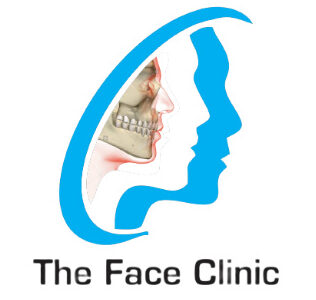
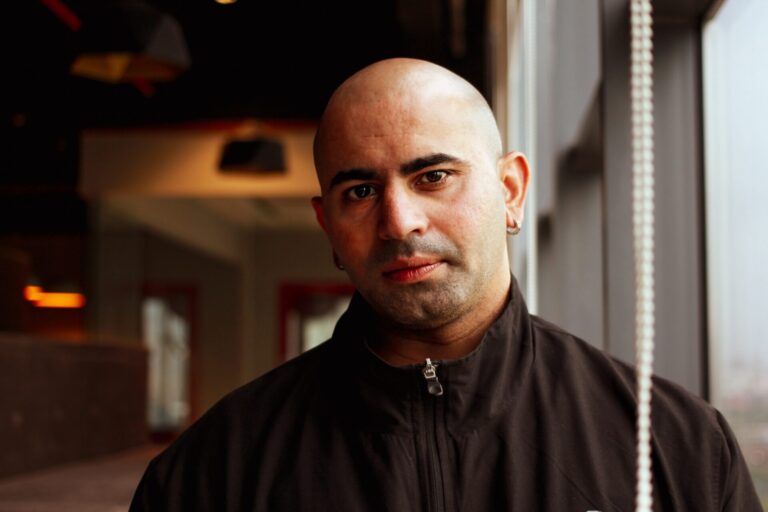
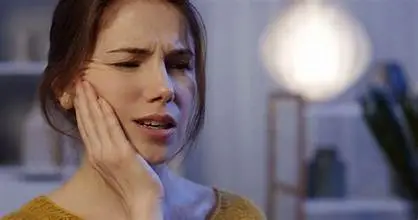
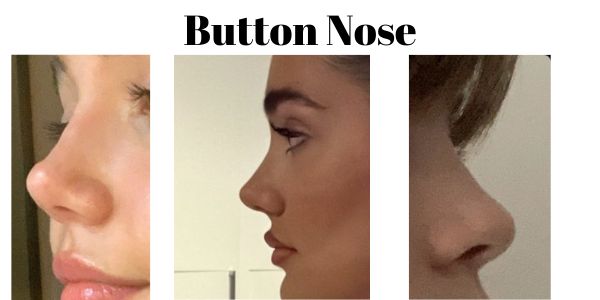

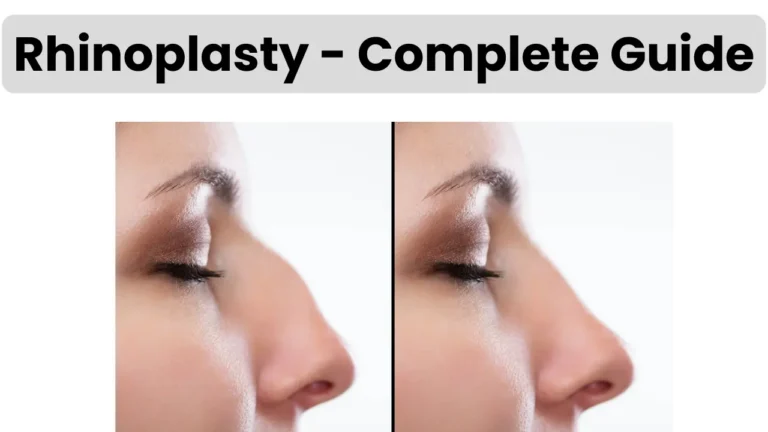
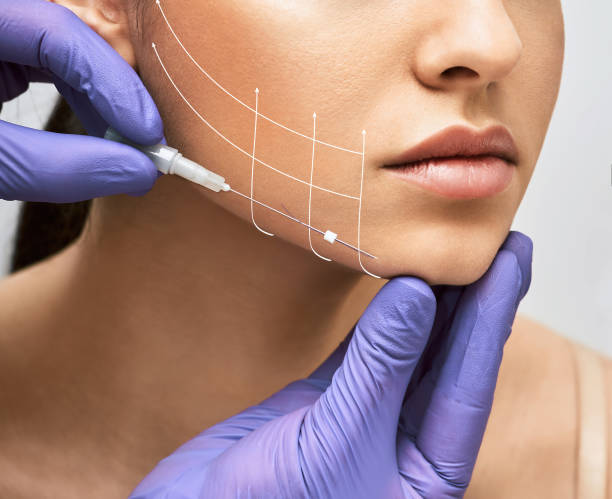
One Comment
Comments are closed.